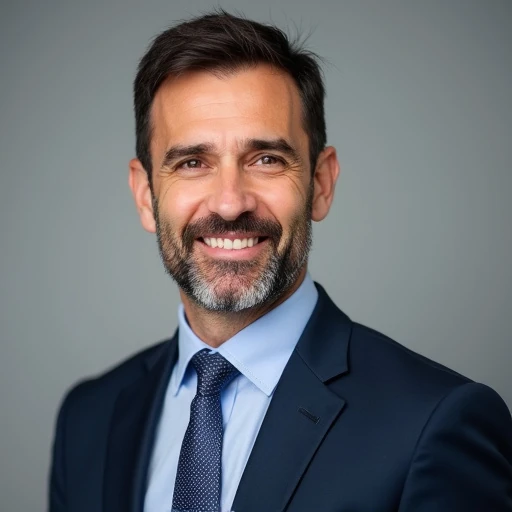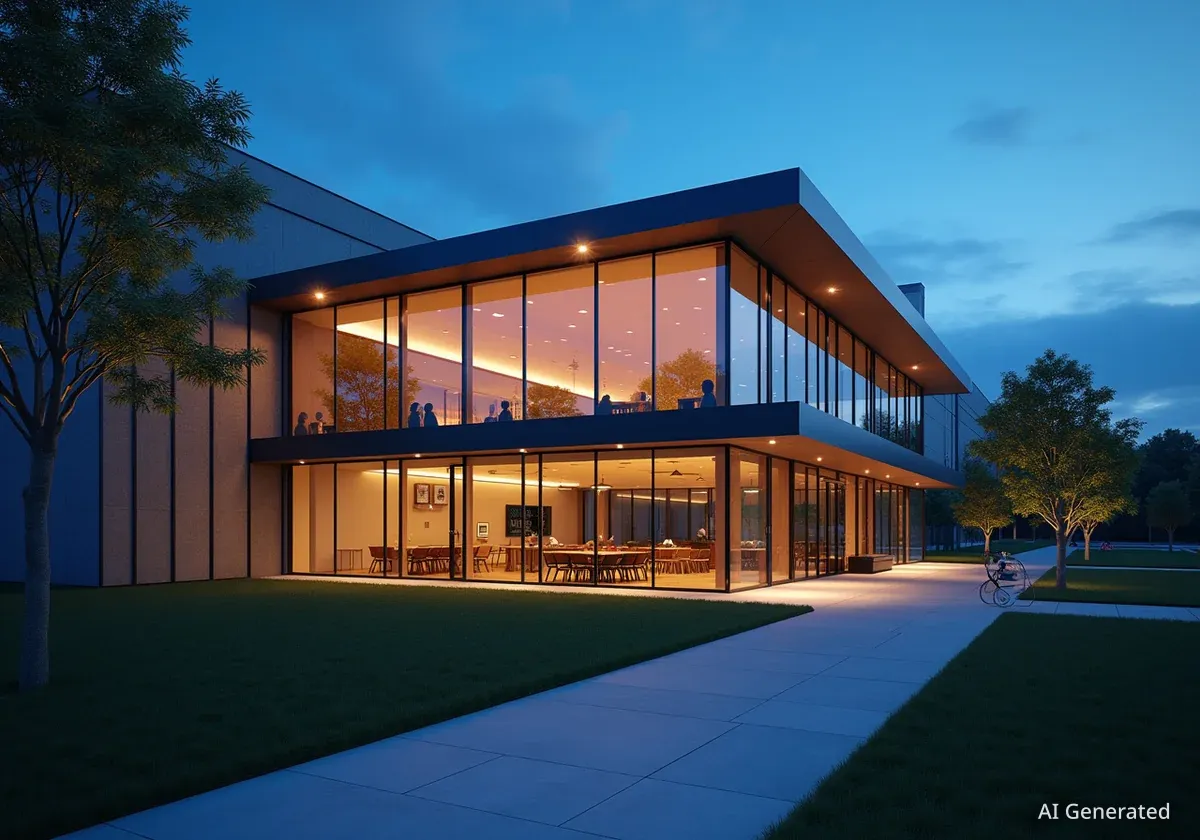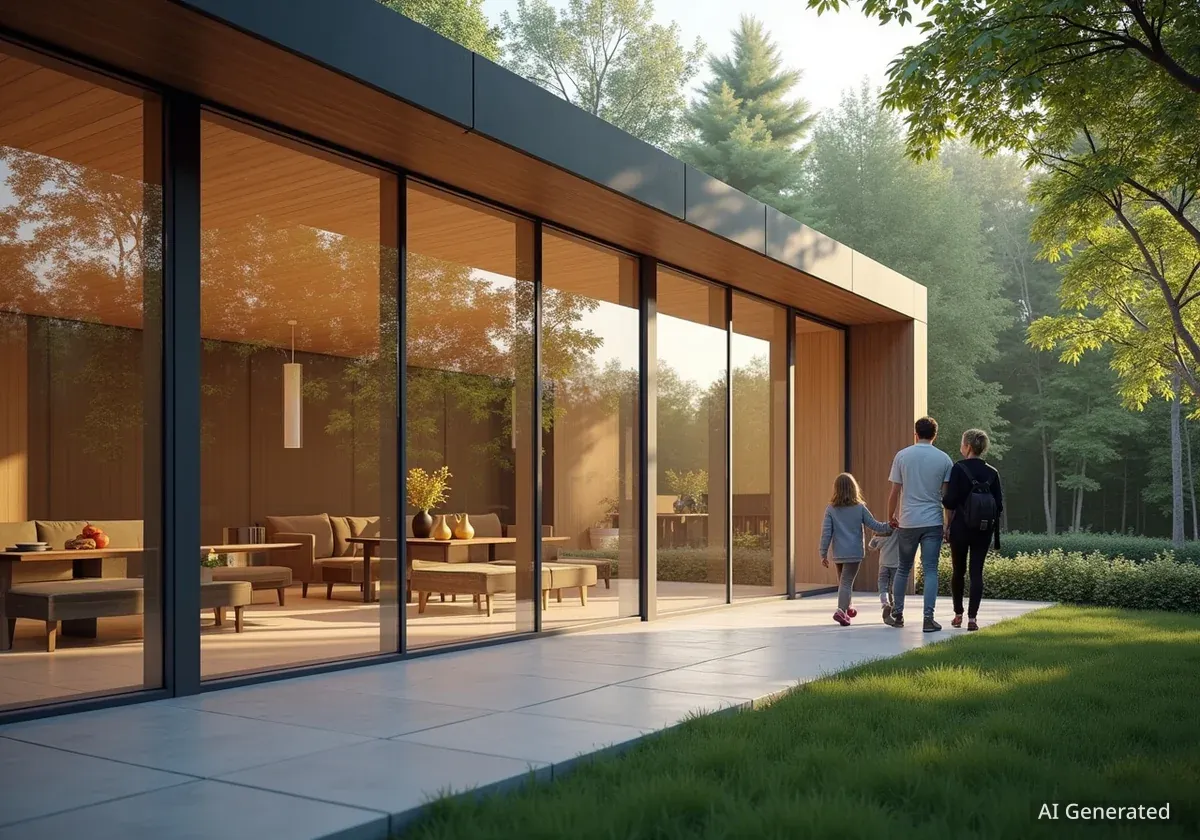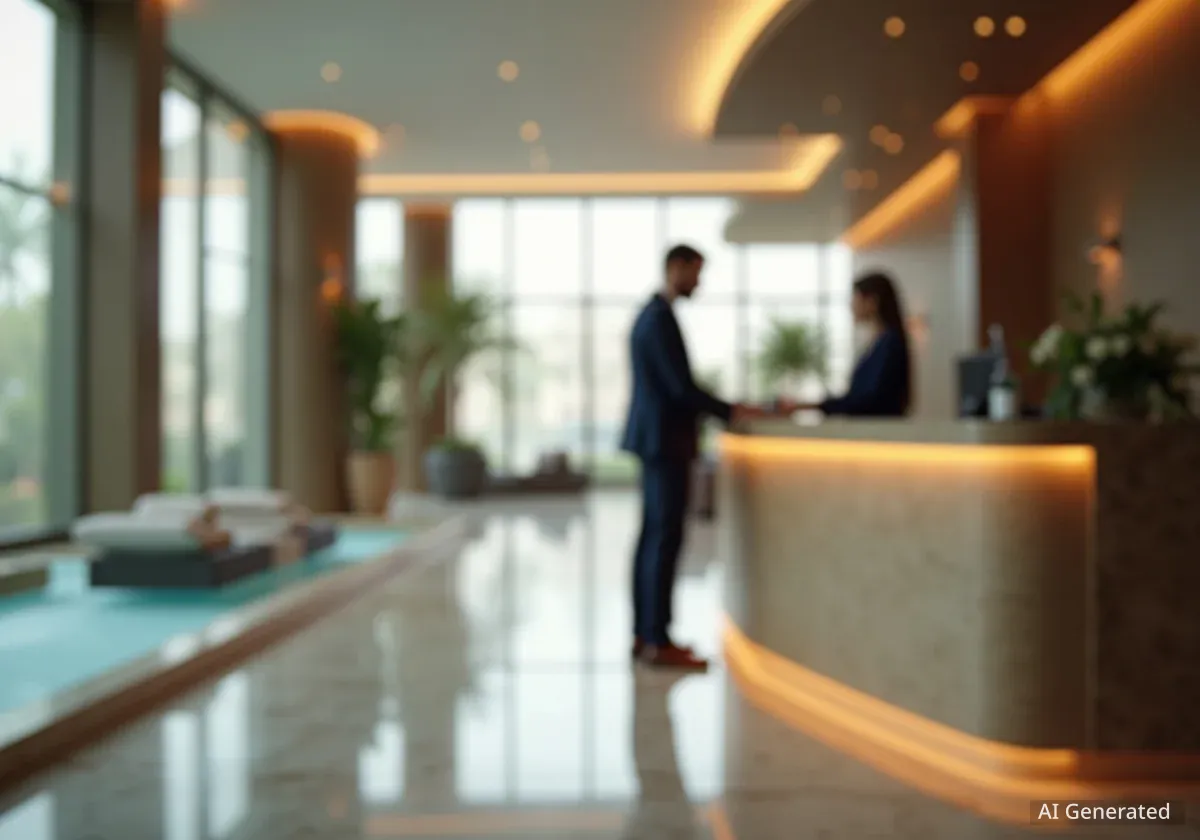David Lloyd Leisure, a prominent health and wellness group in Europe, is advancing its expansion strategy with the opening of several new clubs and significant investments in existing facilities. The company's growth reflects a strong consumer demand for premium, family-oriented health and fitness services across the United Kingdom and mainland Europe.
The group's recent financial performance and membership numbers indicate a positive trajectory, positioning it as a key player in the competitive leisure industry. This expansion includes new builds, acquisitions, and extensive refurbishments aimed at enhancing the member experience and solidifying its market presence.
Key Takeaways
- David Lloyd Leisure is actively expanding, with new clubs opening in the UK and Europe.
- The company is investing heavily in modernizing existing facilities to meet evolving member expectations.
- Growth is driven by a focus on premium, family-friendly amenities including tennis, swimming, and spa facilities.
- Financial reports show consistent revenue growth and a strong membership base, underscoring the brand's stability.
Strategic Expansion Across Europe
David Lloyd Leisure has embarked on a calculated expansion plan, targeting key urban and suburban locations where demand for comprehensive wellness facilities is high. This strategy involves both constructing new, purpose-built clubs and acquiring existing fitness centers that can be rebranded and upgraded to the David Lloyd standard.
The company recently announced the development of a new club in the South East of England, a project that represents a multi-million-pound investment. This facility is expected to feature the brand's signature offerings, including extensive racquet sports facilities, a state-of-the-art gym, and both indoor and outdoor swimming pools.
Simultaneously, the group has been strengthening its foothold in mainland Europe. Recent openings in Spain and Italy have proven successful, attracting a diverse membership base. According to company statements, the European market presents a significant opportunity for growth, with a rising interest in health and wellness lifestyles.
A History of Premium Fitness
Founded in 1982 by former professional tennis player David Lloyd, the company started with a single club in Heston, Middlesex. Its initial focus was on providing world-class tennis facilities, a core part of its identity that continues today. Over four decades, it has evolved into a holistic health and leisure provider, operating over 130 clubs across nine European countries.
Investment in Member Experience
A central pillar of David Lloyd's strategy is the continuous enhancement of its existing portfolio. The company has allocated a substantial budget for refurbishing and upgrading older clubs to ensure they align with the brand's premium positioning and meet the modern demands of its members.
These investments focus on several key areas:
- Gym Modernization: Upgrading cardio and strength equipment to the latest models and introducing functional training zones like Synrgy360.
- Spa Retreats: Expanding and renovating spa facilities to create 'Spa Retreats' that offer a wider range of hydrotherapy pools, saunas, steam rooms, and relaxation areas.
- Clubroom Redesigns: Revamping the social spaces, restaurants, and cafes to create more comfortable and appealing environments for families and professionals.
- Outdoor Spaces: Developing outdoor terraces, pools, and workout areas to capitalize on seasonal demand and provide a more varied experience.
Glenn Earlam, CEO of David Lloyd Leisure, commented on the company's direction.
"Our members are at the heart of everything we do. We are committed to investing in our clubs to provide the best possible facilities and experiences. This ongoing program of innovation and refurbishment ensures that we remain the leading destination for health, wellness, and family leisure."
Financial Health and Market Position
The leisure group's expansion is supported by robust financial performance. Recent reports indicate a steady increase in revenue, driven by a growing membership base that now exceeds 750,000 people across Europe. This financial stability allows the company to self-fund many of its expansion and renovation projects.
David Lloyd by the Numbers
- Total Clubs: Over 130
- Countries of Operation: 9
- Total Members: 750,000+
- Racquet Courts: Over 1,100 tennis, badminton, and squash courts
- Swimming Pools: More than 400 indoor and outdoor pools
The company's business model, which centers on a premium subscription service, has proven resilient. By offering a wide range of activities for all age groups, David Lloyd Clubs foster a strong sense of community, which in turn leads to high member retention rates. According to industry analysis, the average membership tenure at a David Lloyd Club is significantly longer than the industry average for budget gyms.
This loyalty is crucial in a competitive market. While low-cost gym chains compete on price, David Lloyd differentiates itself through the quality and breadth of its offerings, positioning itself as a 'third space' for members—a place between home and work where they can exercise, socialize, and relax.
Future Outlook and Industry Trends
Looking ahead, David Lloyd Leisure is well-positioned to capitalize on several key industry trends. The growing emphasis on mental and physical wellbeing post-pandemic has created a larger market for comprehensive health services. Consumers are increasingly willing to invest in experiences that support a healthy lifestyle for their entire family.
The company is also adapting to technological advancements. A dedicated mobile app allows members to book classes, courts, and personal training sessions, enhancing convenience. Furthermore, the integration of digital fitness solutions provides members with flexibility, although the core focus remains on the in-club physical experience.
Focus on Family and Community
One of the brand's most significant differentiators remains its family-centric approach. The 'DL Kids' program offers a wide range of activities, from sports coaching to arts and crafts, allowing parents to use the club's facilities while their children are engaged in supervised activities. This holistic approach ensures the club is a destination for the entire family, not just individual fitness enthusiasts.
As the company continues to expand, this commitment to providing a premium, community-focused environment will be essential to its ongoing success. The combination of high-quality facilities, diverse programming, and a strong brand identity provides a solid foundation for future growth in both new and existing markets.





